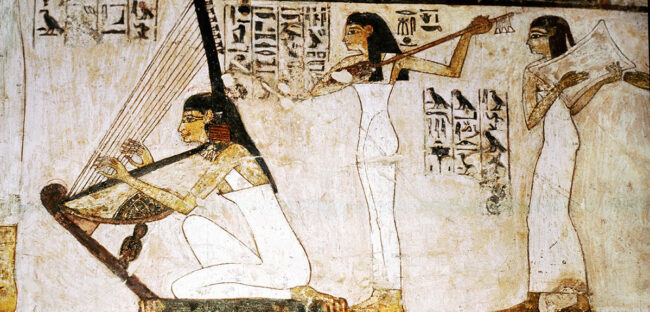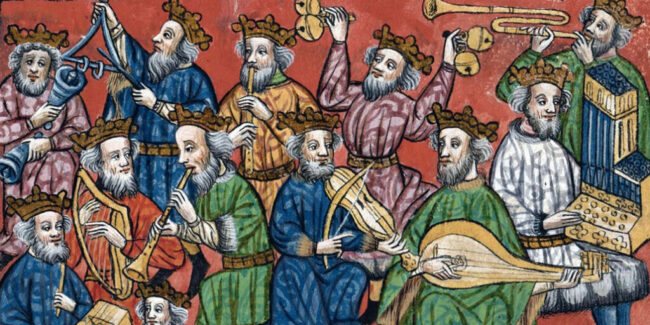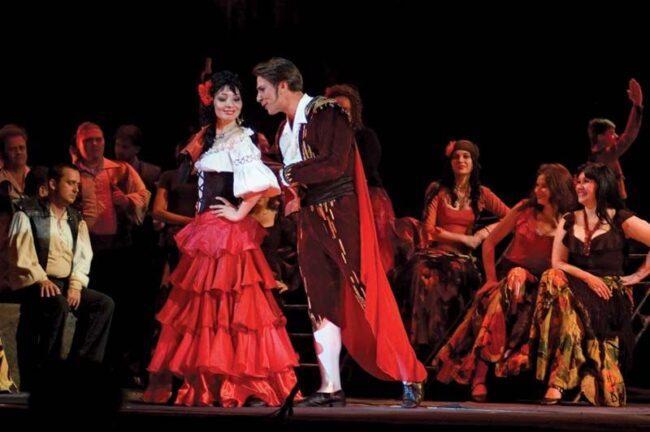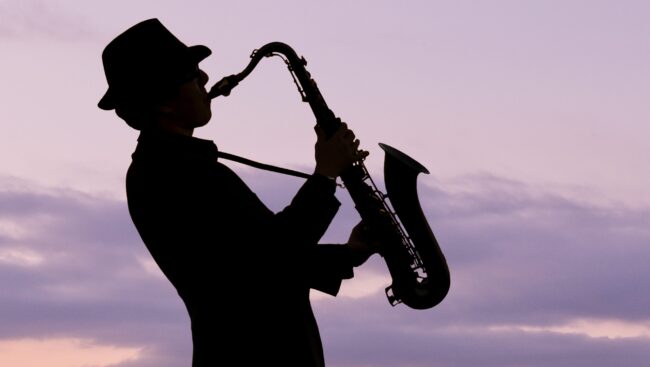The history of music is as old as the history of humanity itself. The earliest known example of a musical instrument, the Divje Babe Flute, was found in the Divje Babe cave in Slovenia in 1995. The flute was made from the femur bone of a young cave bear and is approximately 60,000 years old. And it proves that, even in Paleolithic times, music was used by our earliest ancestors, and their distant cousins, the Neanderthals, to bind communities together in religious and social events. To this day, music remains an important part of our daily lives. Even if you don’t consciously listen to music on an everyday basis, you are always surrounded by it.
The fact is that music is the universal language, capable of producing emotions and affecting our state of mind. For this reason, it plays an integral role in marketing, and, as consumers, we are constantly washed with waves of background music, which is used in entertainment, from arenas and stadiums to casino floors and even online slot games. Here we’ll take a brief look at the history of how music developed over the centuries.
Prehistory
Not all experts agree that the Divje Baba Flute is actually a musical instrument. So the first artefacts which are almost unanimously accepted as instruments are from the Geissenklösterle, Hohle Fels and Vogelherd caves in Germany. A total of eight examples were found, four made from the wing bones of birds and four from mammoth ivory. The most ancient are from Geissenklösterle, and these are approximately 35,000 years old.
But when you consider that the flute is a relatively complex instrument to develop and make, this evidence points to the existence of a strong musical culture by that period of prehistory. It’s not unreasonable to suppose that simpler instruments resembling the drums, rattles and shakers used by modern hunter-gatherer societies existed at the time and even predated the flutes. And a cave painting at Trois-Frères in France, dated to c. 15,000 BCE, is believed to represent a shaman playing a musical bow. The fact that no archaeological evidence of such instruments has been found can be put down to the materials that they would have been made of, such as reeds, gourds, skins, and bark, are highly biodegradable.
Antiquity

Once societies began to develop a written form of language, they also acquired the ability to compose music. The first known written piece of music was set down in the cuneiform alphabet used in the Middle East at the time. It was found in Syria and is approximately 3400 years old.
Other works of art have also revealed invaluable clues to the history of music. Paintings, murals, frescoes, decorations on vases and other objects have all been studied by researchers in this field. Among other discoveries that this has led to is that an instrument similar to modern bagpipes existed in Ancient Greece, along with string instruments like the lyre, and flutes. Writings from the same period also suggest the Ancient Greeks utilised polyphony in their compositions.
Religious texts also show the importance of music in ceremonies in this period, The sacred Hindu texts, the Vedas, have proved an invaluable resource for researchers tracing the development of Asian music. And we also know that music flourished across the whole Middle East, particularly in the Persian Empire, which at one time covered nearly the whole territory, and in Hebraic rituals.
The Middle Ages

The Middle Ages provided the base for contemporary Western music, and compositions from that time can still be found in the repertoires of ensembles and choirs.
It was this period that saw the use of polyphony blossoming, as well as the development of a notational system on which the one we currently use is based. Devotional music was the most common kind in the Middle Ages, but there was also a strong secular current, with troubadours composing and singing songs of love and chivalry.
Renaissance and Classical music
Renaissance composers, through the development of such devices as counterpoint and the use of chromaticism, laid the foundation for Baroque music. Composers such as Bach and Vivaldi were heavily influenced by the work of their earlier counterparts.
The Baroque period, in particular, saw the composing of music for larger and larger ensembles, leading to today’s full orchestras. The sonata and fugue, still in use today, were also invented in this period.
Opera and Romantic music

The XVIII to the early XX century saw composers starting to experiment with form, melody, harmony, and even instruments. Mozart, Beethoven, Haydn, Schubert and others pushed beyond the boundaries of conventional form in their works and popularised symphonies as an art form.
One of the results was the combination of singing and theatre into a new form of entertainment, known to this day as Opera.
Jazz and Blues

On the other side of the Atlantic, two distinct forms of music, African tribal music and Christian religious music were fusing in slave communities. This developed first into the distinctive Blues sound, and then Jazz. These two Afro-American styles remain the base of most contemporary genres of music, and as such, are as important to our history as European classical music.
Rock and pop music

In the Fifties, pop[ular music changed forever with the birth of rock’n’roll. This new form blended the gritty rhythm of the Afro-American blues with the more melodic country music and crooners favoured by the caucasian population at the time. Elvis Presley was the first big name in Rock’n’Roll history, but he certainly won’t be the last, as all popular music of the present day has its roots in this genre.
The history of music is a complex and fascinating subject, and this short piece can hardly do it justice. What we hope it does show is that music is not just a form of entertainment, but an integral and even necessary part of our lives. And has been ever since our first ancestors foraged some magic mushrooms, gained sentience, and organised a rave down in Africa.
